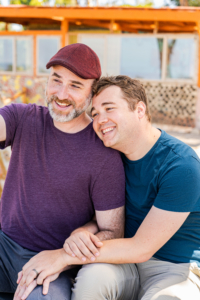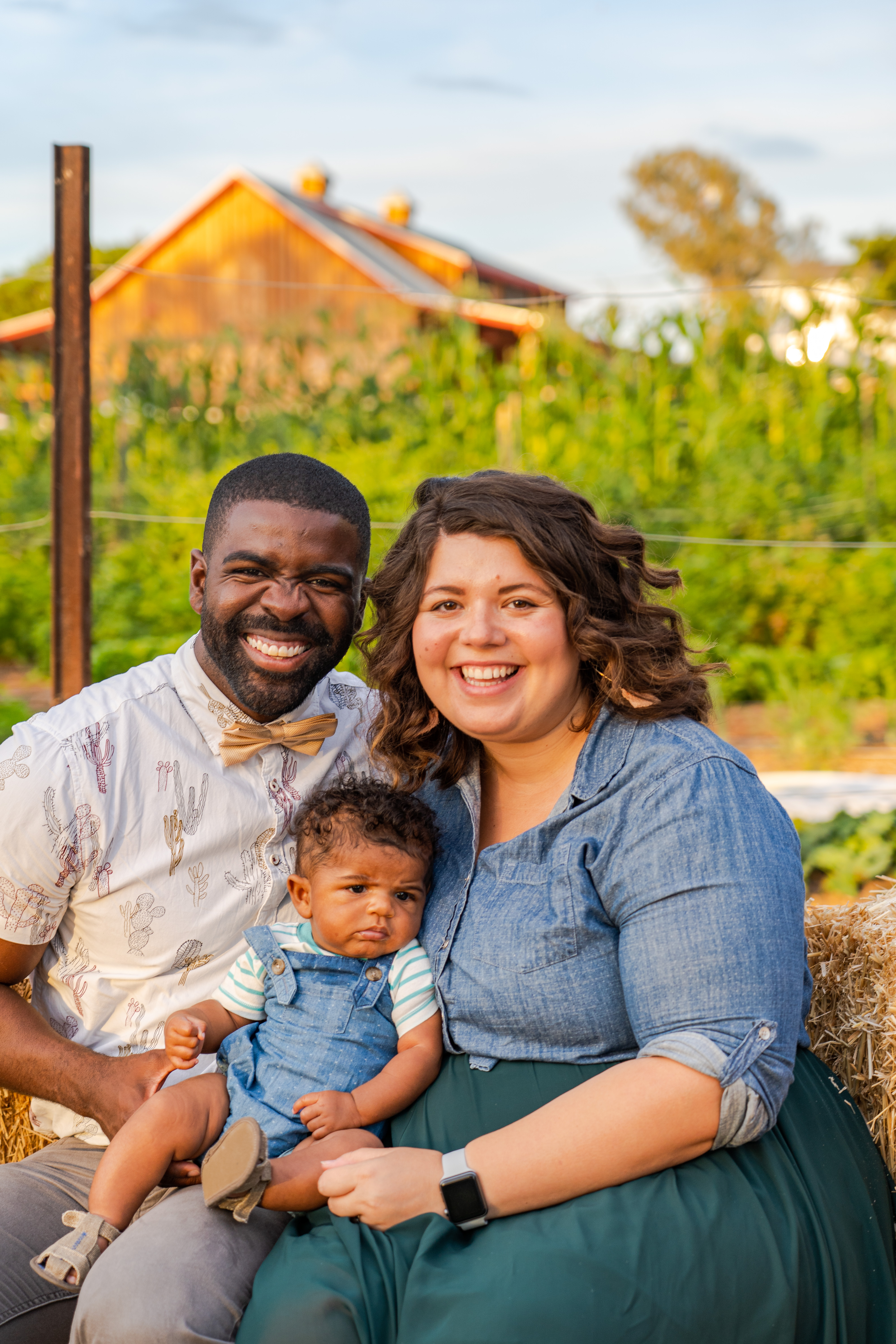Our Anti-Racism Learning Resources

Jordan Daniels, Communications and Creative Specialist
Lessons from How to be an Antiracist by Ibram X. Kendi
The biggest lesson I’ve taken from the book is the application of the racism spectrum. Before this book, I thought of racism and antiracism as binary, with the latter being the destination you can’t return from. Kendi’s tool opened my eyes to the idea that we exist on a spectrum, that each day, each moment, we are moving along the continuum throughout the choice of racism, not racism, and antiracism.
While this initially sounds discouraging because it reminds me that even I can still commit racist ideas despite my work to unlearn, it gives me grace in understanding that none of these are a label or identity. They’re actions I choose to make regularly, which gives me permission to explore and expand my efforts, and helps me understand where other people might be at along the spectrum too!

Jessica Kort, Director of Communications and Strategy
Reflecting on the New York Times “1619 Project”
The 1619 Project and podcast series twists the kaleidoscope to view the United States as it was born with the beginning of slavery on these shores in 1619. It portrays our culture and highest-valued institutions as grown from roots in slavery and Black Americans’ contributions. We see not only the stain of slavery and the struggles through unequal status as influences on today’s daily life, but their direct causation and connection to today’s celebrated treasures and challenging systems. Beyond how slavery informed our current economy, we see how the intricate webs woven by the anti-Black racism embedded in slavery underlie who holds land, resources, and wealth. We see how vibrant and adaptive Black culture laid the designs for federal healthcare programs, American music, food, and democracy itself.
The building blocks of this country and much of what we hold dear are the products of generations of Black pain, resilience, creativity, passion, visions for a better future, and constant work.
We must learn and relearn the full story of slavery. In order to understand our own parts in this system, we must understand its origins through multiple perspectives. The project’s stories only scratch the surface of struggles Black Americans face today. The entire work provided me with tools to view our society from other perspectives and reminded me that continued learning and listening must be part of an approach to unravel and shift inequitable and oppressive systems.
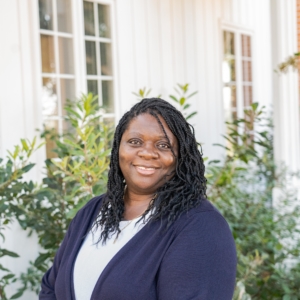
Betina Oliver, Front Desk Office and Accounting Assistant
Reflection on The Bluest Eye by Toni Morrison
The Bluest Eye gives readers a glimpse into the mind of a young black girl, and her desire to fit into the world’s blond hair, blue-eyed definition of beauty. It describes Peckola’s observation of the world, and her ache to belong to a world that has discarded her.

Charlene Seidle, Executive Vice President
Lesson from Between the World and Me by Ta-Nehesi Coates
Between the World and Me by Ta-Nehesi Coates is a slim volume whose size belies the layers of trauma and painfully-obtained counsel between its pages. Before I read this book a few years ago, I did not know anything about the conversation that I now have learned so many of my friends and neighbors with children of color, especially boys of color, have at a certain point in their children’s life. The conversation forces the parent to go against their natural instinct to protect their children from the horrors of life—and in so doing, the parent is indeed trying desperately to protect and prevent.
As a woman, as a Jew, as a leader of an organization wielding disproportionate power, Between the World and Me importantly both reflected themes I recognized from my own tradition—the imperative of struggle despite the many ways Coates painstakingly outlines American systems constructed and operated to work against the black body—America’s heritage as Coates called it. The book also forced me to confront how my power could and had been used to oppress others. And forced me to challenge some of the ways I thought I was adding value to “the struggle,” which could actually diminish impact and resistance.
Between the World and Me posed more questions than it answered, which is ultimately how I feel about philanthropic work. The world contains so many narratives of injustice and hatred. Philanthropy, when done righteously, should be a meaningful struggle in and of itself, constantly questioning reality, making space and room for those with lived experiences, writing oneself out of the story of others so the real dreaming can begin.
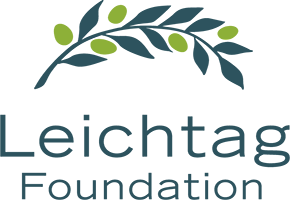


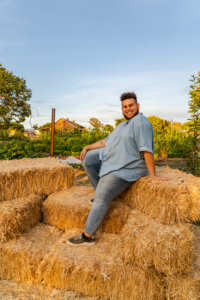 Black, Jewish and Queer. These three identities weave the fabric of who I am, but it took a long time to believe that they could exist together.
Black, Jewish and Queer. These three identities weave the fabric of who I am, but it took a long time to believe that they could exist together. Lee and Toni Leichtag established the Leichtag Foundation in 1991 following the sale of their business. Lee and Toni were lifelong entrepreneurs with a passion for innovation and for supporting talent. They believed that only with big risk comes big reward. Both born to families in poverty, Toni to a single mother, they strongly believed in helping those most in need and most vulnerable in our community. While they supported many causes, their strongest support was for young children and the elderly, two demographics who particularly lack voice in our society.
Lee and Toni Leichtag established the Leichtag Foundation in 1991 following the sale of their business. Lee and Toni were lifelong entrepreneurs with a passion for innovation and for supporting talent. They believed that only with big risk comes big reward. Both born to families in poverty, Toni to a single mother, they strongly believed in helping those most in need and most vulnerable in our community. While they supported many causes, their strongest support was for young children and the elderly, two demographics who particularly lack voice in our society.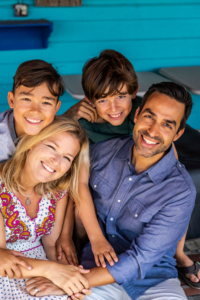 Lifelong Baltimoreans, Rabbi George and Alison Wielechowski and their sons, 11-year-old Lennon and 9-year-old Gideon, are more than pursuing the good life in Southern California. Having moved to San Diego more than three years ago, they are fulfilling a lifelong dream.
Lifelong Baltimoreans, Rabbi George and Alison Wielechowski and their sons, 11-year-old Lennon and 9-year-old Gideon, are more than pursuing the good life in Southern California. Having moved to San Diego more than three years ago, they are fulfilling a lifelong dream.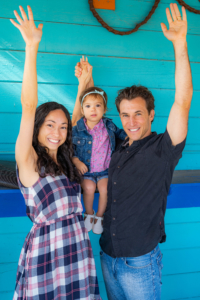



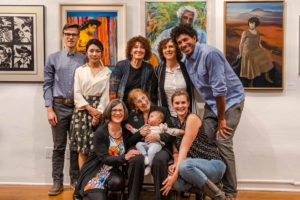
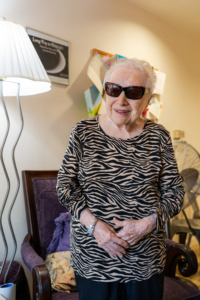
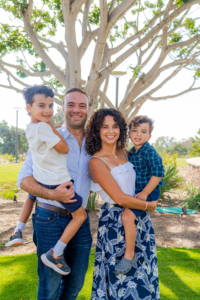
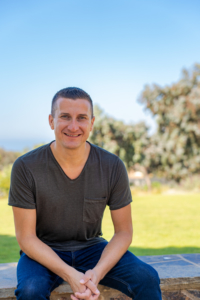 You would think that as the executive director of San Diego LGBT Pride, Fernando Zweifach López Jr., who uses the pronoun they, has done all the coming out they possibly can. A queer, non-binary individual who has worked for many years on civil rights issues, López also speaks openly and often about their father’s family, Mexican-American migrant workers who tilled the fields of rural California.
You would think that as the executive director of San Diego LGBT Pride, Fernando Zweifach López Jr., who uses the pronoun they, has done all the coming out they possibly can. A queer, non-binary individual who has worked for many years on civil rights issues, López also speaks openly and often about their father’s family, Mexican-American migrant workers who tilled the fields of rural California.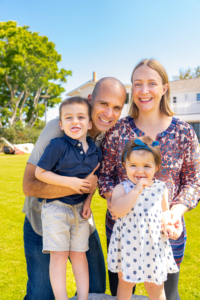 Stacie and Jeff Cook understand commitment. They live it.
Stacie and Jeff Cook understand commitment. They live it.